906
Carnival
Apart from the traditional Venetian carnival, colorful carnival parade in Rio de Janeiro, the comic "Pink Monday" in Germany, the carnival season also took place in Spain, the main principle of which - complete freedom from all rules of conduct mandatory in the rest of the year.
One of the most striking is considered to be a carnival in the city of Santa Cruz on the island of Tenerife (Canary Islands), which became the second largest after the Rio Carnival

The traditions associated with the celebration of Carnival, were brought in Tenerife Spanish conquerors in the middle of the XV century, when the celebrations were widespread throughout Spain. In the XVIII century among the wealthy families of the island spread custom to organize dances and celebrations, which were invited to the famous travelers. The lower strata of society also celebrated carnival, but secular and ecclesiastical authorities did not welcome these activities, in connection with what had been banned street dances and masquerades.
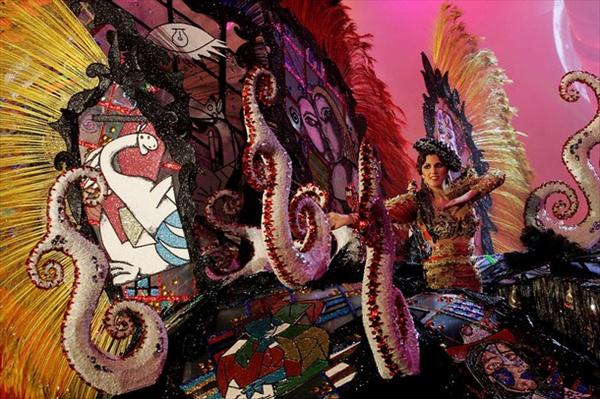
Carnival of Santa Cruz de Tenerife (Santa Cruz de Tenerife) won top honors, received the status of the festival, representing an international tourist interest assigned to it by the State Committee for Tourism. Currently, the Carnival of Santa Cruz is the second most popular and famous carnival after Rio de Janeiro thanks to the numerous groups who traveled with performances around the world.
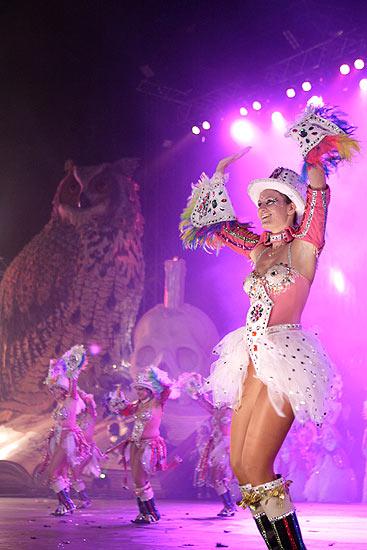
...

...
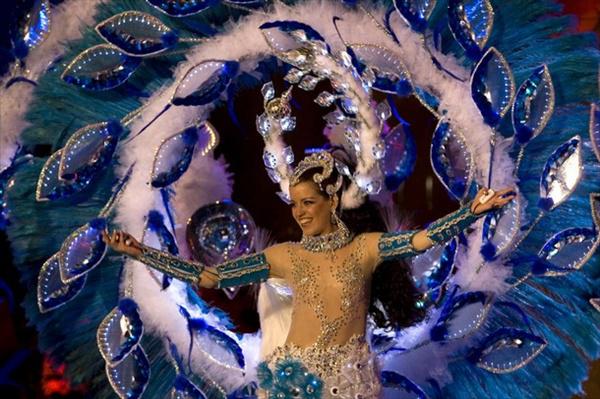
Sophia Loren and Gerard Depardieu went to the jury for the election of the Queen of the Canary Islands. Choosing the queen of the holiday - this is one of the most important events of the Carnival in Tenerife
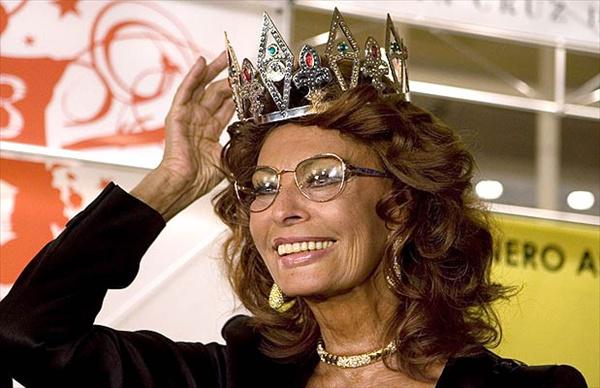
Queen of Carnival was chosen Spaniard Nauzet Celeste Cruz Melo.
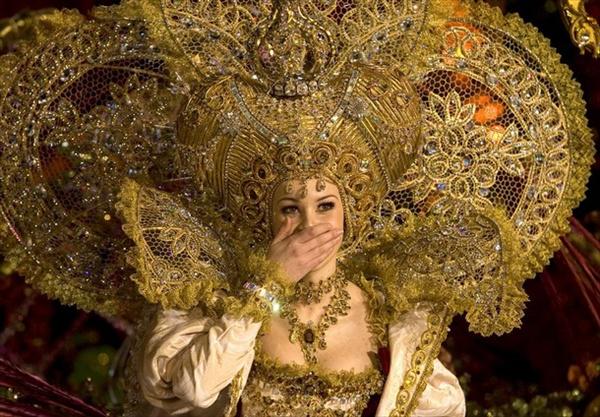
...
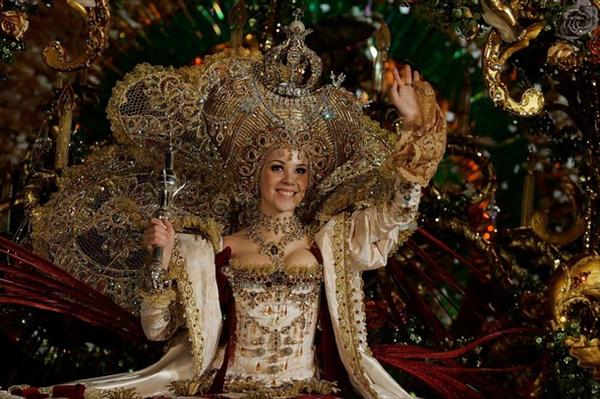
The participant, who lost in the final of the current queen.
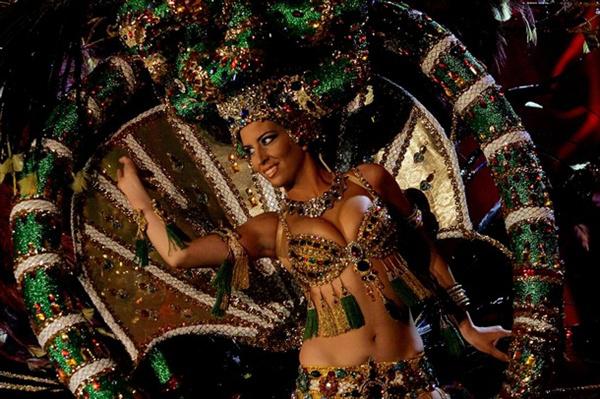
...
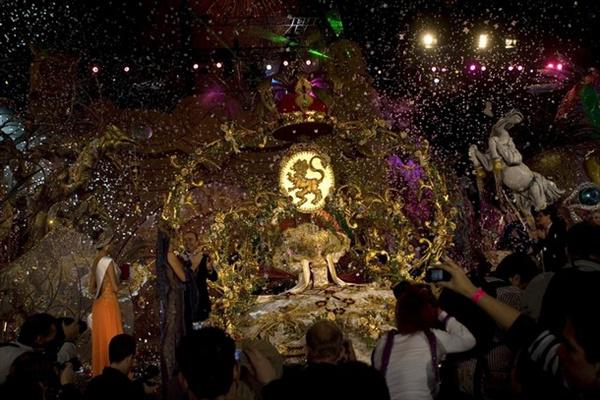
On another island, Santa Cruz de la Palma were theatrical representations of body art.
Another remarkable carnival is traditionally considered the carnival in Cadiz (Cádiz), in southern Spain. Seasoned people in one voice say, that of all the European Carnival - Carnival in Cadiz (Spain) is closer in spirit to all the festivities of the New World. Whether because of Cadiz - Spain's southernmost port and the ships sailed here for centuries in America, whether in the local climate there is something Brazilian.

...
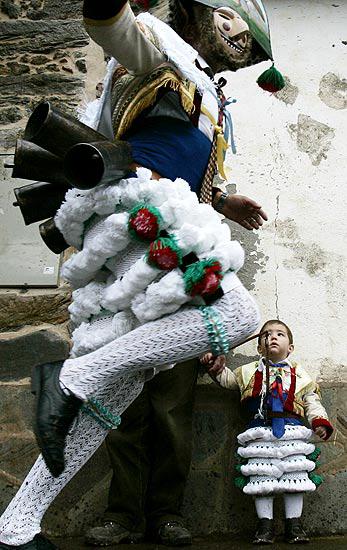
When the Carnival is almost completed (ahead are only two days off for the festivities, and a final farewell to the holiday until next year), the inhabitants of the island accompany him skorbnymy sobs. Burial of the Sardine - it's probably the most grotesque and bright zrelischevsego Carnival. Burial of the Sardine herald the end of the celebrations, the time of promiscuity and permissiveness, and the approach of Lent, a period of spiritual and religious thought. The process of burning of the Sardine puts the Church in a bad light.
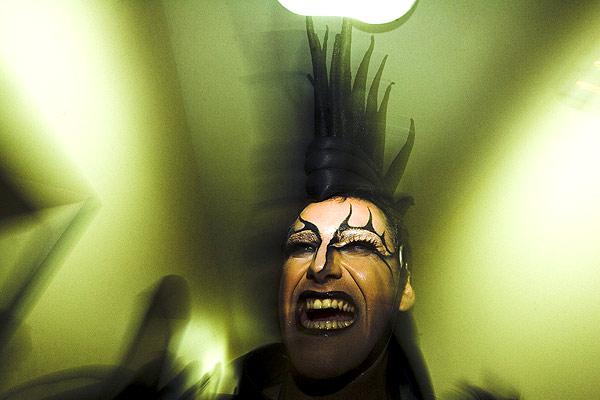
This presentation is a clear anticlerical character, enabling people to get even for the moral oppression and restriction of freedom throughout the year. During the burial of the Sardine thousands of widows, dressed in mourning clothes, thousands of widowers, grieving for the annual death of carnival, priests, nuns, bishops, cardinals and even the "Pope" fall to the ground in tears, seeing the spirit of freedom that prevailed in the city during the celebration of Carnival.
When Sardinia devouring flames, the entire Santa Cruz permeate cries of grief because of the loss of the Sardine, which symbolizes the spirit of freedom and tolerance, typical Carnival.
via Etoday
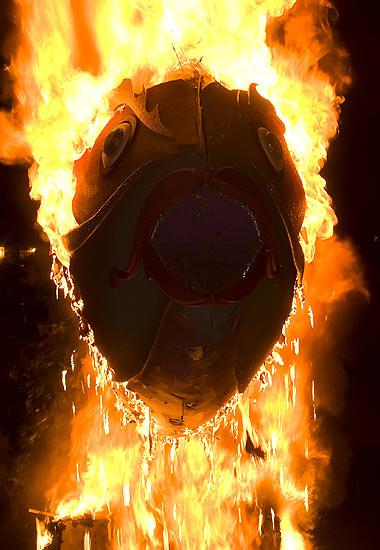
Source:
One of the most striking is considered to be a carnival in the city of Santa Cruz on the island of Tenerife (Canary Islands), which became the second largest after the Rio Carnival

The traditions associated with the celebration of Carnival, were brought in Tenerife Spanish conquerors in the middle of the XV century, when the celebrations were widespread throughout Spain. In the XVIII century among the wealthy families of the island spread custom to organize dances and celebrations, which were invited to the famous travelers. The lower strata of society also celebrated carnival, but secular and ecclesiastical authorities did not welcome these activities, in connection with what had been banned street dances and masquerades.

Carnival of Santa Cruz de Tenerife (Santa Cruz de Tenerife) won top honors, received the status of the festival, representing an international tourist interest assigned to it by the State Committee for Tourism. Currently, the Carnival of Santa Cruz is the second most popular and famous carnival after Rio de Janeiro thanks to the numerous groups who traveled with performances around the world.

...

...

Sophia Loren and Gerard Depardieu went to the jury for the election of the Queen of the Canary Islands. Choosing the queen of the holiday - this is one of the most important events of the Carnival in Tenerife

Queen of Carnival was chosen Spaniard Nauzet Celeste Cruz Melo.

...

The participant, who lost in the final of the current queen.

...

On another island, Santa Cruz de la Palma were theatrical representations of body art.
Another remarkable carnival is traditionally considered the carnival in Cadiz (Cádiz), in southern Spain. Seasoned people in one voice say, that of all the European Carnival - Carnival in Cadiz (Spain) is closer in spirit to all the festivities of the New World. Whether because of Cadiz - Spain's southernmost port and the ships sailed here for centuries in America, whether in the local climate there is something Brazilian.

...

When the Carnival is almost completed (ahead are only two days off for the festivities, and a final farewell to the holiday until next year), the inhabitants of the island accompany him skorbnymy sobs. Burial of the Sardine - it's probably the most grotesque and bright zrelischevsego Carnival. Burial of the Sardine herald the end of the celebrations, the time of promiscuity and permissiveness, and the approach of Lent, a period of spiritual and religious thought. The process of burning of the Sardine puts the Church in a bad light.

This presentation is a clear anticlerical character, enabling people to get even for the moral oppression and restriction of freedom throughout the year. During the burial of the Sardine thousands of widows, dressed in mourning clothes, thousands of widowers, grieving for the annual death of carnival, priests, nuns, bishops, cardinals and even the "Pope" fall to the ground in tears, seeing the spirit of freedom that prevailed in the city during the celebration of Carnival.
When Sardinia devouring flames, the entire Santa Cruz permeate cries of grief because of the loss of the Sardine, which symbolizes the spirit of freedom and tolerance, typical Carnival.
via Etoday

Source:























